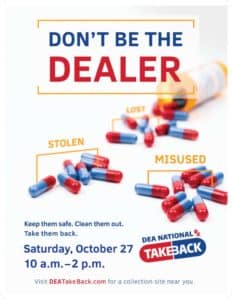 Guest Blogger and long-time Council friend, Bob W. presents Part 41 of a series dealing with Alcoholism and Addiction from a Mystical, Mythological Perspective, reflecting Bob’s scholarly work as a Ph.D. in mythological studies.
Guest Blogger and long-time Council friend, Bob W. presents Part 41 of a series dealing with Alcoholism and Addiction from a Mystical, Mythological Perspective, reflecting Bob’s scholarly work as a Ph.D. in mythological studies.
There is a literary device that was originated in classical literature and theatre known in Latin as in medias res. It denotes that literary device of starting a story in the middle, “in the middle of things,” as the Latin might be translated. We all know many stories, in literature, theater and movies that utilize this device; it is usually accompanied by multiple flashbacks and “jumping forwards” as a complex story is revealed. The Odyssey, which we keep talking about as a classic “hero’s Journey” story, uses this device; the story of Odysseus’ long journey home starts in the middle and is told in many, seemingly disjointed, subplots from different parts and different times in the overall story.
If we look at the lives of all of us in addiction and in the long journeys of recovery, this device might seem like a constant for us. We really do start our recovery “in the middle of things,” usually somewhere in the middle of our lives. The long story from our early days in the disease, into our descent to the darkest of moments, maybe many such moments, then the excruciating crawl to complete abstinence and the purposeful pursuit of the steps and tools…it is all a long, long story with the critical, pivotal elements appearing “in the middle.”
Odysseus has been traveling around the Aegean and Mediterranean Seas on a 10 year journey trying to find his way home after the Trojan War. His story, the Odyssey, begins in the ninth year of this journey with his 20 year old son, Telemachus, whom Odysseus hasn’t seen since his infancy, setting out to visit his father’s fellow Greek warriors to gain some news of his father’s possible fates. Meanwhile Odysseus has landed on the island of Scheria, having lost everything – all his ships, all his possessions, all his men, and any scrap of clothing he may have had on. Naked, drawn and exhausted, he is at a real bottom. He is encouraged to tell his story and he does so starting at the beginning after the sack of Troy. The story unfolds with Telemachus and him finally landing back on Ithaca, Odysseus’ kingdom, and progressing through the process of regaining his rightful place as King.
After we gain some semblance of sobriety and begin to work the steps, the critical element is in telling our story, in recognizing the harm we have done in our disease, and using our new found serenity to repair the harm done to so many. We work from the middle, back through the past, and then into the future, finally beginning to bask in the sunlight of recovery that a future in fully committed sobriety gives us.

 Semi-Annual event provides safe, convenient, and responsible way to dispose of prescription drugs
Semi-Annual event provides safe, convenient, and responsible way to dispose of prescription drugs